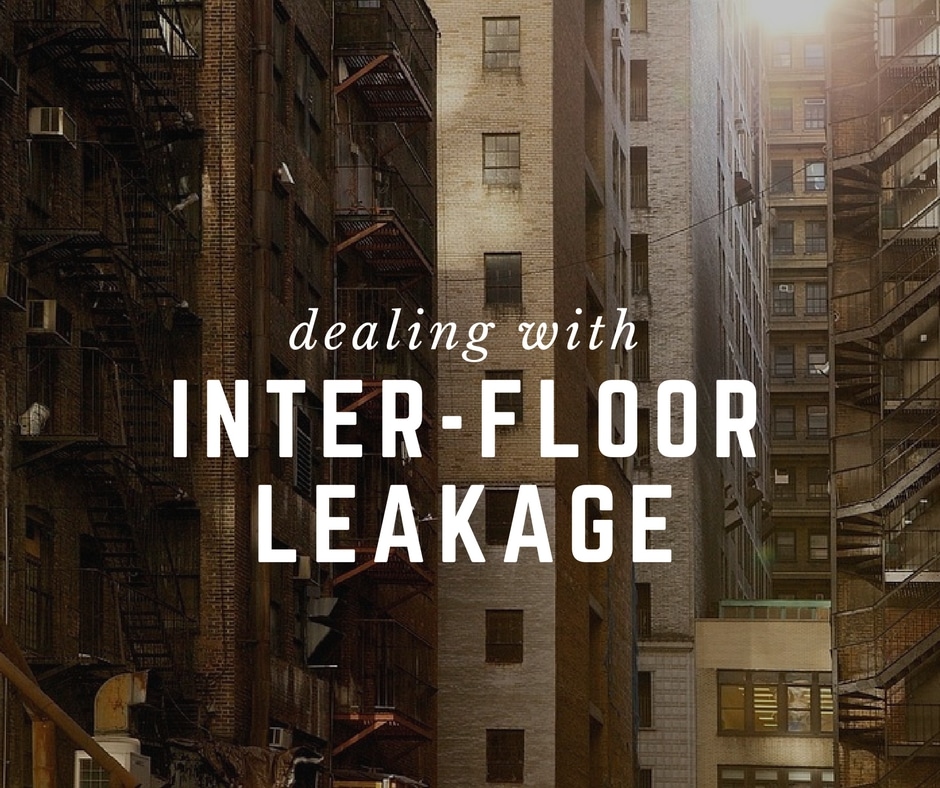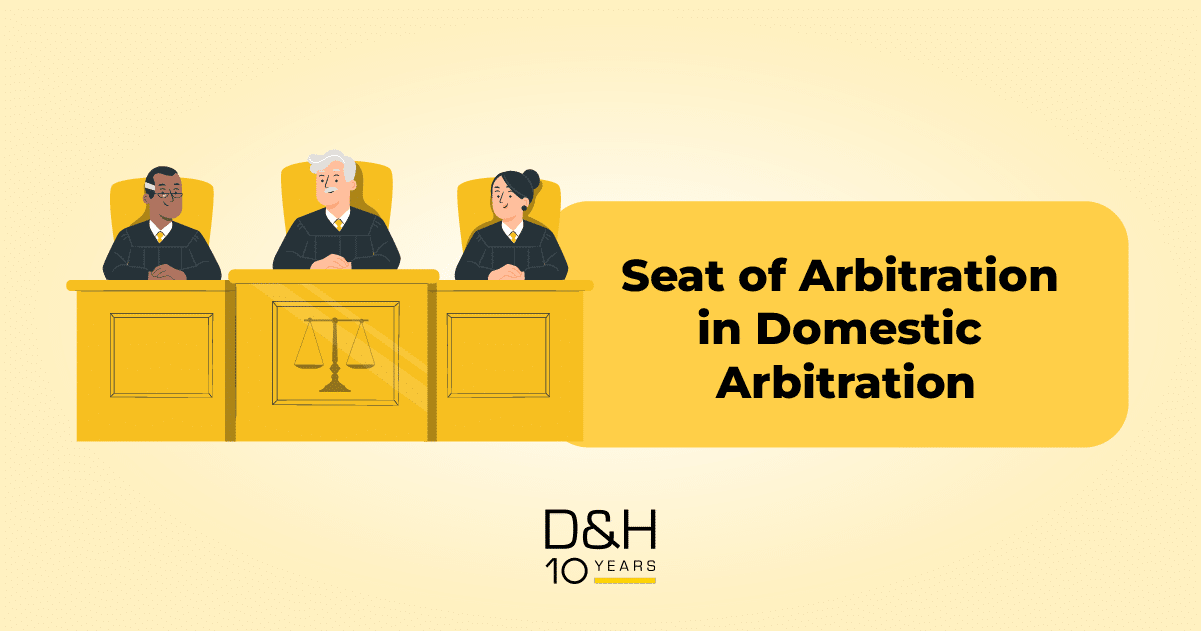
The Strata Management (Maintenance and Management) Regulations 2015 sets out the obligations, procedures and timelines for dealing with inter-floor leakages.
Strata living is, for the most part, a microcosm of what it means to be part of society: mutual cooperation. Due to the nature of strata ownership, parcel owners do not own anything else besides their allotted unit and must depend on mutual cooperation to maintain the condition of the property.
In the absence of such cooperation, what recourse do parcel owners have to prevent deterioration or damage to their property? This question is especially relevant for cases concerning inter-floor leakage where the source of the leak originates from the unit above or beside, the owner of the affected unit will not have immediate access to carry out repairs and may suffer serious damage to their property. In situations like this, relying on the spirit of goodwill of their neighbours alone may not be enough and may often require some measure of compulsion to regulate the behavior of errant or irresponsible parcel owners.
We recently represented parcel owners in a civil claim against a management corporation for failing to rectify inter-floor leakage in a condominum. In that case, the inter-floor leakage remained unrectified for a period of more than 8 months after the parcel owners notified the Management. The court found in favour of our clients and issued a declaration that the management corporation was “in breach of its statutory duties or was otherwise negligent in failing to immediately take all necessary steps and measures to rectify the inter-floor leakage” . The court also ordered the management corporation to pay damages to the parcel owners.
So what are these statutory duties and what are the rights of parcel owners?
The Strata Management (Maintenance and Management) Regulations 2015 (“SMR”) recognizes the problems associated with inter-floor leakage and provides for it systematically by laying out specific obligations, procedures and timelines for the relevant parties. These obligations are triggered the moment the parcel owner notifies either one of the following parties (whichever is applicable) of the inter-floor leakage (“Notice”):
- Developer;
- Joint Management Body;
- Management Corporation;
- Subsidiary Management Corporation; or
- Managing agent (if managing agent is the party notified, notice also has to be extended to the Commissioner of Buildings (“COB”)).
For the purpose of this article, the parties above shall be collectively referred to as “Management”.
The issuance of the Notice by the parcel owner sets in motion the steps that have to be taken to address the inter-floor leakage:
A. Duty to investigate:
Upon receipt of the Notice, the Management is required to do the following:
- As soon as practically possible or within 7 days from the date of the Notice, carry out inspection of the affected parcel to determine the cause of the inter-floor leakage AND determine the party responsible to rectify the defect.
- There are 4 rules to determine the cause and the party responsible for the leakage, one of which is a statutory presumption that, unless proven otherwise, the defect is presumed to be within the parcel above the affected parcel. Who the responsible party is will also depend on whether the leak has occurred within the defect liability period or after.
- Within 5 days from the date of inspection, issue a Form 28 certificate of inspection to state the cause of the inter-floor leakage and the party responsible to rectify. Any person who is not satisfied Management’s decision may refer the matter to the COB who shall determine the cause of the inter-floor leakage and the party responsible to rectify it. The COB may also appoint a registered architect, registered engineer, registered quantity surveyor or a registered building surveyor to assist him in such determination and the cost of such appointment shall be borne by the party responsible to rectify the inter-floor leakage.
B. Duty to rectify:
- Within 7 days of receipt of the Form 28, the responsible party (as determined by the Management or COB), has a duty to take all necessary steps and measures to rectify the inter-floor leakage.
- However, if the responsible party refuses to or fails to rectify the leakage within the 7 days, the Management then assumes the duty to immediately take all the necessary steps and measures to rectify the inter-floor leakage and shall charge and recover all cost and expense from the responsible party.
C. Access:
- The party responsible for carrying out the inspection OR the rectification works is conferred a right of access to the affected parcel on 7 days written notice being served. The party failing or refusing to grant such access commits an offence.
- In cases of “emergencies”, where the likelihood of floor or danger to life or property resulting from the leakage is materially increased, the requirement to serve 7 days written notice for access is waived.
D. Consequences of non-compliance:
The failure of any respective party to follow the specific timelines, procedures and actions laid out by the SMR could face liability including fines and jail time. Here are some examples:
- The failure of the responsible party to grant access to the affected parcel to the Management to carry out the inspection commits an offence and shall, on conviction, be liable to a fine not exceeding RM50,000 or to imprisonment for a term not exceeding 3 years or to both;
- The failure of the Management to carry out its duties to inspect, determine the responsible party or to carry out repairs, may constitute a breach of statutory duties entitling the affected owner to commence a civil proceeding against it for remedies such as damages;
- The failure of the responsible party to rectify the defect may also constitute negligence entitling the affected owner to commence a civil proceeding in court against it for remedies such as damages.
E. Legal recourse:
At any stage where the relevant parties have failed to carry out their duties under the regulations, the affected owner may take the following course of actions:
- Commence civil proceedings in court; or
- Refer the matter to the Strata Management Tribunal
There are certain factors to consider in choosing which course of action to take, including, time, costs, restrictions against appointing a lawyer to represent the parcel owner for Strata Management Tribunal hearings, and restrictions on pursuing court proceedings once the matter has been referred to the Strata Management Tribunal.
Owners are therefore empowered under the SMR with the right to demand for specific actions to be taken within clear timelines to rectify the damages caused by inter-floor leakage. In turn, Management must take complaints by parcel owners of inter-floor leakage seriously and have standard operating procedures implemented according to the procedure and timelines set out in the SMR. Failure of the Management to take immediate and necessary measures may expose the Management to claims for damages from frustrated parcel owners, as highlighted above.
While the SMR does not automatically guarantee protection against indolent behavior of parties who make rectification works difficult, parcel owners now have a clear recourse in law to pursue the problem of inter-floor leakage should it become necessary.
***
This article was written by Shawn Ho & Adryenne Lim. Certain requirements or positions may change depending on specific guidelines implemented by the relevant authority, or subsequent amendments to any legislation. Feel free to contact us if you have any queries.






